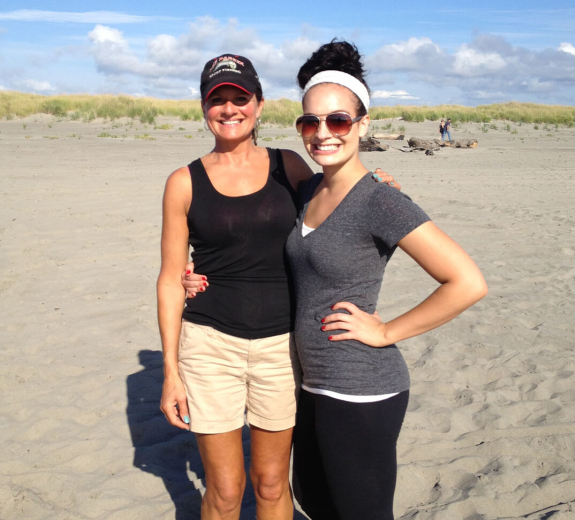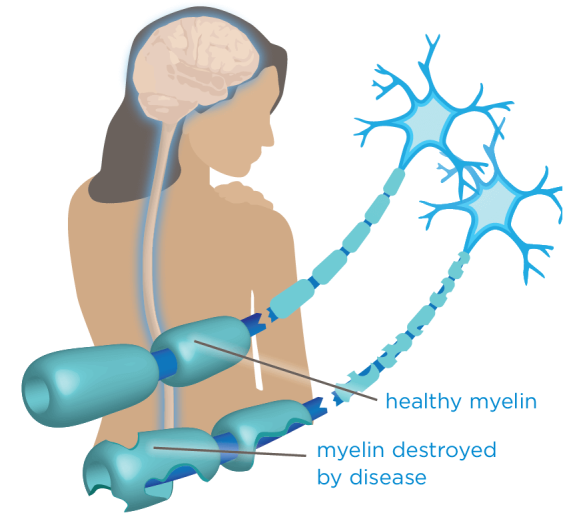Last December, Sonja Coomes began feeling pain and numbness in her left side. She visited her physician who couldn’t determine her illness and told her to call if it got worse. When her symptoms continued, she was sent to the emergency room at Harborview Medical Center. After numerous tests including an MRI, she was diagnosed with multiple sclerosis (MS) six months later.
“I was scared,” says Sonja. “I was diagnosed a week before my 21st birthday and I felt too young to deal with this. It wasn’t a good birthday present.”
A neighbor with MS referred Sonja to her doctor, Scott Nielsen, MD, a Virginia Mason Medical Center specialist in neurology and MS. “I talked with him about my different options for treatment,” says Sonja. “I decided to enroll in a BRI clinical research study for MS and also joined the BRI MS biorepository to contribute blood samples to help with research.”
Sonja is very enthusiastic about supporting research. “I want to do anything I can to help be part of a cure one day,” she says. “I hope the scientists can use my information to find better treatments and reduce symptoms for everyone with MS so we can live as normal a life as possible. I participate so scientists can keep finding answers to this disease.”
Study Aims To Halt Disease
Sonja joined a clinical research trial called STRIVE. The study’s goal is to determine how effective the drug natalizumab is at keeping patients who are in the early stages of relapsing-remitting multiple sclerosis free of disease.
“We hope to identify participants receiving natalizumab who experience a ‘permanent remission’ of their MS,” says Dr. Nielsen, BRI principal investigator of the study. “We want to determine which people respond to the drug by having no more clinical attacks, no new MS scars on the MRI scan and no increase in functional disability. This is important for our patients since we do not currently have an FDA-approved therapy that reverses damage already done by MS. However, we can alter the disease course early and try to prevent damage to the nervous system moving forward — and in the case of patients like Sonja with new MS, we hope to prevent the damage before it can occur.”
“I just found out before the study that I have two more lesions on my brain,” says Sonja. “I feel positive that this drug will do its job and reduce my symptoms and lesions. The worse part of this disease for me is the fatigue, so I hope the drug will help with that too.”
Sonja still enjoys being outdoors and hiking. She is attending school to become a medical assistant and aims to obtain a nursing degree and specialize in neurology. “I’d like to advocate for people with this disease and help educate them.” And she’ll continue to contribute to research. “I’m excited to give in a way that directly advances knowledge about MS,” she says.




